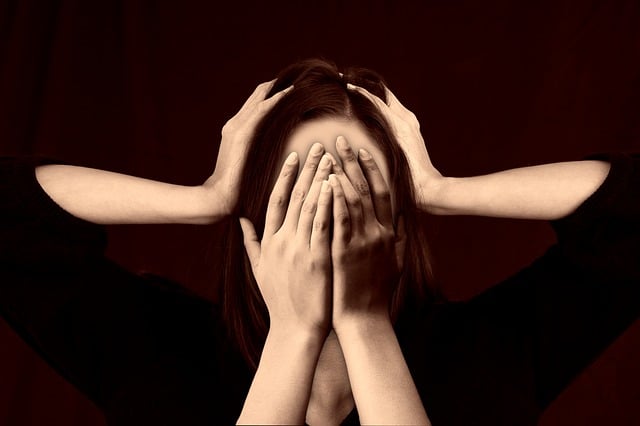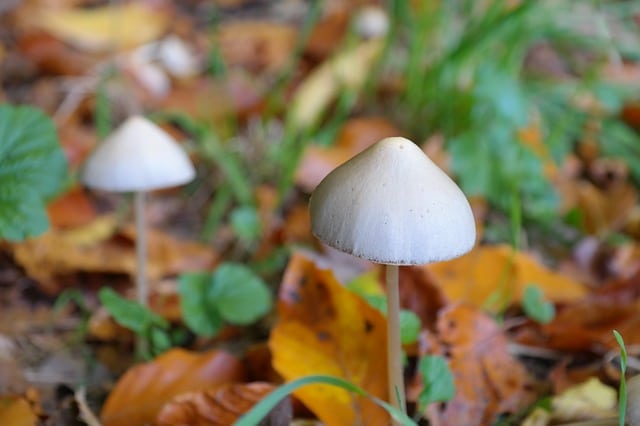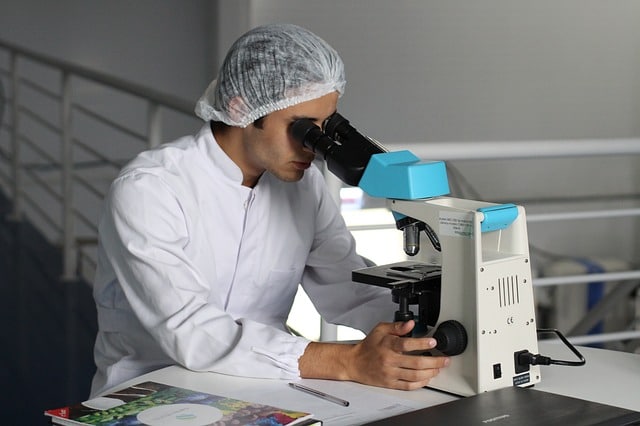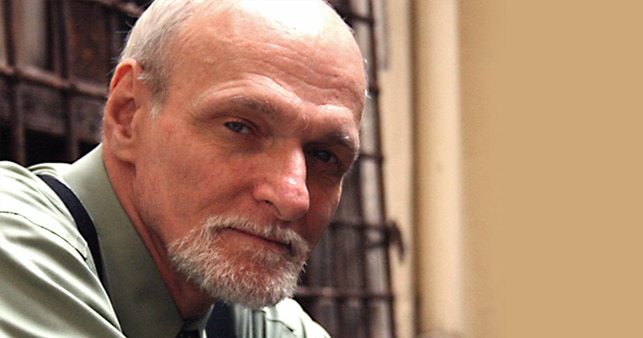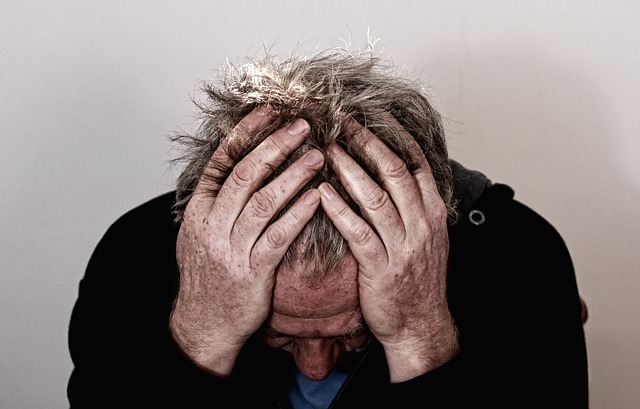
Psilocybin may help treat cluster headaches
Most of the time when we think about how psychedelics can help people, we think about how these medicines can assist with spiritual growth and the treatment of mental afflictions like PTSD and anxiety, or how they help people with addictions to more harmful drugs like alcohol, tobacco, and heroin regain control of their lives. However, a lesser-known benefit of psychedelics is that they can also help relieve physical pain. In fact, one of the more interesting therapeutic applications of psychedelics like LSD and psilocybin mushrooms is their ability to help sufferers of the phenomenon known as cluster headaches.
There has not been a tremendous amount of research conducted in this area, but many people have reported that their battle with cluster headaches has been greatly helped by the use of psychedelics. Some of them approached psychedelics with premeditated intention to address their cluster headaches, whereas others pleasantly—and perhaps serendipitously—stumbled across the benefits by recreational experimentation.
What Are Cluster Headaches?
This particular type of headache is not as well-known as migraines, yet is considered to be the “worst pain known to medical science.” In fact, cluster headaches have the nickname “suicide headaches” because they lead people to hurt themselves in an effort to find relief, and many even commit suicide due to unbearable physical and psychological pain. Tragically, the suicide rate of cluster headache sufferers is 20 times the national average in the United States.
Though they are called “headaches”, this type of pain is far more severe than a classic headache or even a migraine. Cluster headaches occur in a focused area on one side of the head, usually near the eye and the temple. Sufferers explain that these headaches feel akin to having an ice pick or poker shoved through that area of their head. They have been described as being more painful than broken bones, third-degree burns, and childbirth.
Lasting typically between half an hour and two hours, cluster headaches get their name for their extremely high frequency: they usually happen one or more times per day, around the same time(s) each day, occurring in a cycle that can last weeks or even months. Episodic sufferers may experience a period of about one month in between cycles in which they do not have daily headaches, whereas some chronic sufferers get no break at all.
Traditional Treatments
It is obvious why finding a treatment for this horrible condition is intriguing to researchers, but you may be surprised to learn that pharmaceutical companies have so far not been very interested in developing new medicines to treat the disease because there are relatively few people who experience cluster headaches—at least compared to more common (and profitable) illnesses.
Diseases and conditions that affect fewer than 200,000 people in the United States can qualify for an orphan drug designation from the FDA that provides incentives for developing drugs to treat rare disorders. Unfortunately, there are more than 400,000 people suffering from cluster headaches in this country, making the condition ineligible for this designation and leaving patients with a limited selection of currently available treatments that do not effectively treat the malady in the first place.
These treatments include breathable oxygen, injectable and intranasal drugs, and surgery. Oxygen therapy, while generally providing some level of measurable relief within 15 minutes, inconveniently requires the patient to carry an oxygen cylinder and regulator at all times. There are several drugs available to help relieve pain for migraines—some of which are also used for cluster headaches—but there are not any drugs that have been scientifically proven to consistently help. Even when a treatment immediately provides some relief from an attack, it often does not help prevent future cluster headaches from happening.
Deep brain stimulation, which involves inserting an electrode deep into the brain, is a type of surgery which can be performed to treat cluster headaches, but it comes with a risk of infection or hemorrhage which can often be fatal. Other surgeries for cluster headaches focus on intentionally damaging the pathways thought to be responsible for the pain, but can result in muscle weakness in the jaw and loss of sensation in areas of the head. These are not ideal options, and are typically considered only as a last resort.
With such an absence of helpful and reliable options for cluster headache sufferers, it makes sense that they would be desperate enough to try anything that might be a viable option for relieving their pain.
Psychedelic Treatment Studies for Cluster Headaches
A 2006 study showed that participants found psilocybin and LSD to be capable of stopping attacks, ending cluster cycles, and extending the break between cycles. It is truly impressive that a significant percentage of study participants found relief from their cluster headaches by using psychedelics. However, it was a fairly small study and there hasn’t been much additional scientific research conducted on the topic since then—most of the available information is purely anecdotal and not verified by the scientific method. Still, the sheer amount of patient testimonials on the benefits gained from psychedelic medicines indicates that they are quite possibly the best tools we have to fight this condition.
A list of current cluster headache research studies can be found on the ClusterBusters website. ClusterBusters is a non-profit research and educational organization dedicated to finding treatments for cluster headaches. Although the organization originated from psychedelic beginnings, it does not exclusively specialize in psychedelic treatments.
At the moment, there is a new study now accepting volunteers to investigate psilocybin as a treatment for cluster headaches. We encourage anyone who qualifies for the study—or knows someone who does—to visit the above link and contact the phone number listed to see about becoming involved in the study.
Conclusion
Cluster headaches are a dreadful affliction for anyone to deal with, and there aren’t many treatments that have been scientifically proven to be effective. However, psychedelics like LSD and psilocybin are promising alternatives that have been shown to decrease symptoms for sufferers of cluster headaches.
More research will need to be done in this area, and we at Psychedelic Times encourage our readers to continue to support organizations like ClusterBusters and MAPS to help spread the word about psychedelic research and generate funding for the benefit of all who wish to experience their physical, mental, and spiritual benefits.

